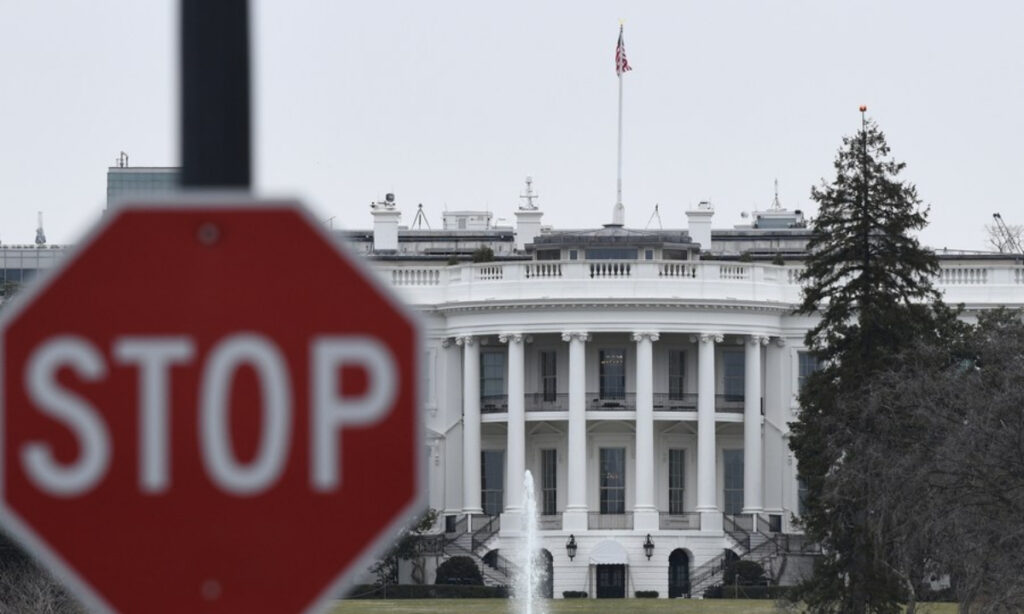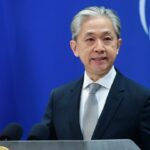The possible shutdown of the US government after September 30 due to the debt ceiling crisis that rattled markets in the first half of the year clearly demonstrated the hostile political environment in the US. The growing partisan rivalry has serious consequences for the US and global economies, analysts said.
The US government faces another possible federal shutdown later this year, after earlier appropriations from US Congress run out on September 30. The deadlock on the horizon is due to a lack of consensus in US Congress over government spending for the fiscal year that starts in October, Goldman Sachs said in a note on Sunday.
“US domestic economic problems, such as debt and budget, reflect its hostile political environment there. The bitter fight between the two parties will likely lead to a government shutdown, which, together with its debt ceiling crisis, will have a serious consequence for the US economy and the global economy,” an analyst who preferred to be named as Yuguo, told the Global Times on Tuesday.
The possible shutdown, which may cause the closure of government offices and the suspension of pay, will have a direct toll on the US economy, said Yuguo.
Goldman Sachs warned that the lack of consensus at US Congress on the annual budget could bring the US political system to a standstill, causing its economy to take a 0.2 percentage point hit each week.
While the shutdown is “more likely than not” according to Goldman Sachs, the US’ debt crisis has already created great uncertainty and volatility in the financial market.
“If the US fails to address its debt problems in time, it could lead to further credit rating downgrades, further increase in the borrowing costs, and more turmoil in global financial markets,” the analyst said.
On August 1, rating agency Fitch Ratings downgraded the US’ long-term ratings to “AA+” from “AAA,” saying the downgrade reflected the “expected fiscal deterioration over the next three years, a high and growing general government debt burden.”
The US economy is large and prosperous, but in fact it is a “capital bubble” too. Once the bubble bursts, another financial crisis will break out causing a severe slowdown in the economy, Hu Qimu, deputy secretary general of the digital real economies integration Forum 50, told the Global Times.
The US is facing its highest borrowing costs since the 2008 financial crisis, amid fears that the Federal Reserve will keep interest rates higher for longer. The yield on the 10-year US Treasury bonds rose to a 16-year high of 4.342 percent, according to data from the US Department of Treasury.
Hu noted that the US has done considerable damage to the global economy by adopting unlimited quantitative easing first, and then raising interest rates sharply, rattling global markets.
(Global Times)




